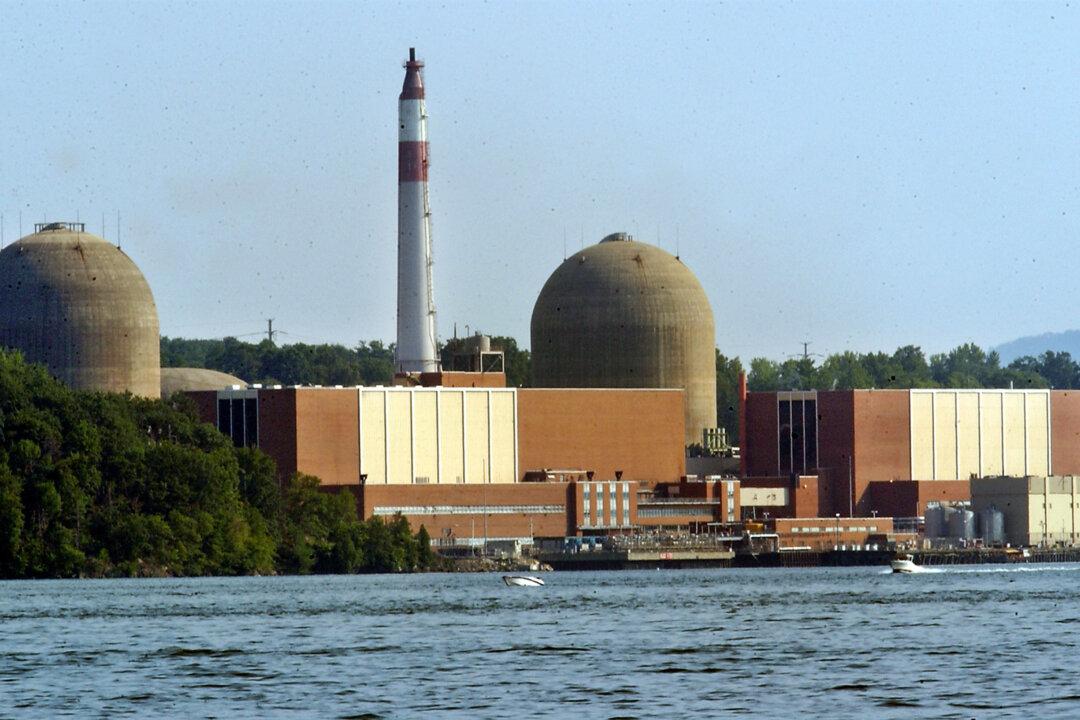When the movement to close the Southeast New York-based Indian Point nuclear plants reached a new high in 2012, energy expert Jonathan Lesser warned that the closure would mean rising electricity prices for consumers.
Much of what he predicted in his 2012 report has come true.





